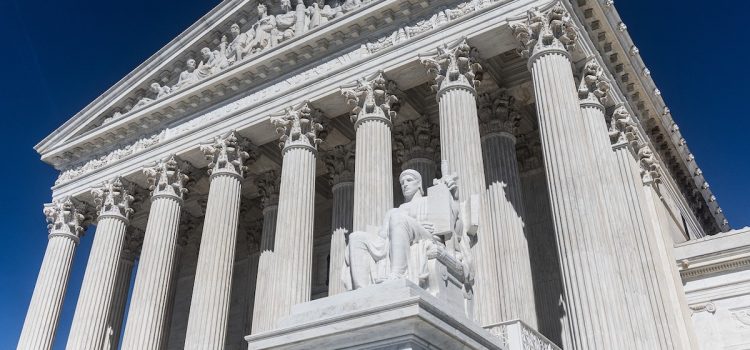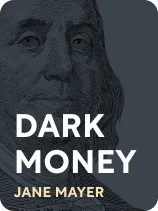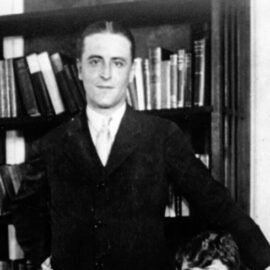

This article is an excerpt from the Shortform book guide to "Dark Money" by Jane Mayer. Shortform has the world's best summaries and analyses of books you should be reading.
Like this article? Sign up for a free trial here.
What was the Citizens United ruling? What was Project REDMAP? What impact did these have on American politics?
In Dark Money, Jane Mayer discusses the U.S. Supreme Court’s Citizens United ruling and Project REDMAP in the context of the Koch brothers. She explains how the ruling and the project led to a shift rightward in American politics, particularly in the states.
Read more to learn about the Citizens United ruling and Project REDMAP—and to see how money and politics converge.
The Citizens United Ruling & Project REDMAP
Having heavily impaired Obama’s power by undermining the bipartisan support he was expecting, the Kochs next went after power at the state level, explains Mayer. In 2010, the Supreme Court’s Citizens United ruling let wealthy donors and corporations have an even greater influence on politics by removing restrictions on the amount of money they could spend to influence elections. Critics predicted that the decision would result in a huge upswing in corporate political spending. But, instead, it enabled just a handful of extremely wealthy people to implement their personal agendas in the political sphere.
(Shortform note: Some experts have suggested that the Citizens United case was not as consequential as many believe. They note that the amount of outside spending on elections was already increasing in the early 2000s and maintained a steady rate of increase before and after Citizens United. Some attribute this to the 2002 passage of the Bipartisan Campaign Reform Act, suggesting that its limits on individual donations to political parties actually prompted a much greater inflow of dark money through independent groups despite its intended purpose of reducing outside influence on elections.)
Simultaneously, in 2011, many states were redrawing their districts as they did once a decade. A political tactician named Ed Gillespie created a plan to redraw districts to disproportionately benefit Republicans, something called Project REDMAP. They used North Carolina as a guinea pig for this experiment, explains Mayer, and they redrew the district lines to concentrate Democratic voters into a few districts and left the rest of the map mostly Republican.
(Shortform note: The fact that the drawing of district lines is performed by elected officials in a majority of states has drawn some criticism, with some recommending that lines should be drawn by independent groups whose members cannot run for office for a few years before and after serving on the commission. They also recommend that the public should be able to submit proposals for districting to ensure that they’re representative of the will of the people. Currently, only four states use independent groups to draw district lines.)
In 2012, with Project REDMAP and the spending power granted by Citizens United, Republicans successfully turned the swing state red, both at the state and national levels. Though the Republican party received fewer votes than Democrats in North Carolina and other states the plan targeted, they won more seats in Congress, allowing Republicans to maintain their majority in the House of Representatives. A lawsuit filed by progressives against the new district maps was killed by the state’s majority-Republican supreme court. The pattern was repeated across the nation, giving Republicans control over both the legislatures and governorships in over 20 states and turning other previously swing states like Michigan and Ohio red.
(Shortform note: While the effects of partisan redistricting are lasting, experts note that changes in population will lessen their impact over the decade before the next redistricting. Additionally, in 2017, the Supreme Court ruled that the gerrymandering of two districts in North Carolina was unconstitutional and was designed to limit the power of Black voters in the state.)

———End of Preview———
Like what you just read? Read the rest of the world's best book summary and analysis of Jane Mayer's "Dark Money" at Shortform.
Here's what you'll find in our full Dark Money summary:
- How a group of wealthy individuals has legitimized far-right beliefs in America
- A look at Charles and David Koch's views and tactics
- The influence dark money has had on American politics and society






